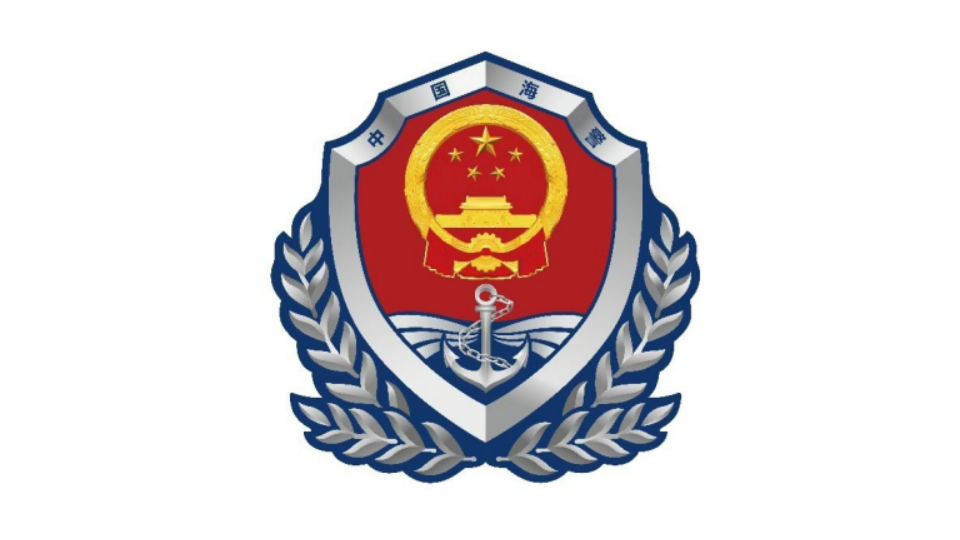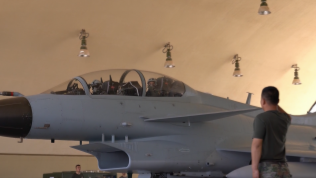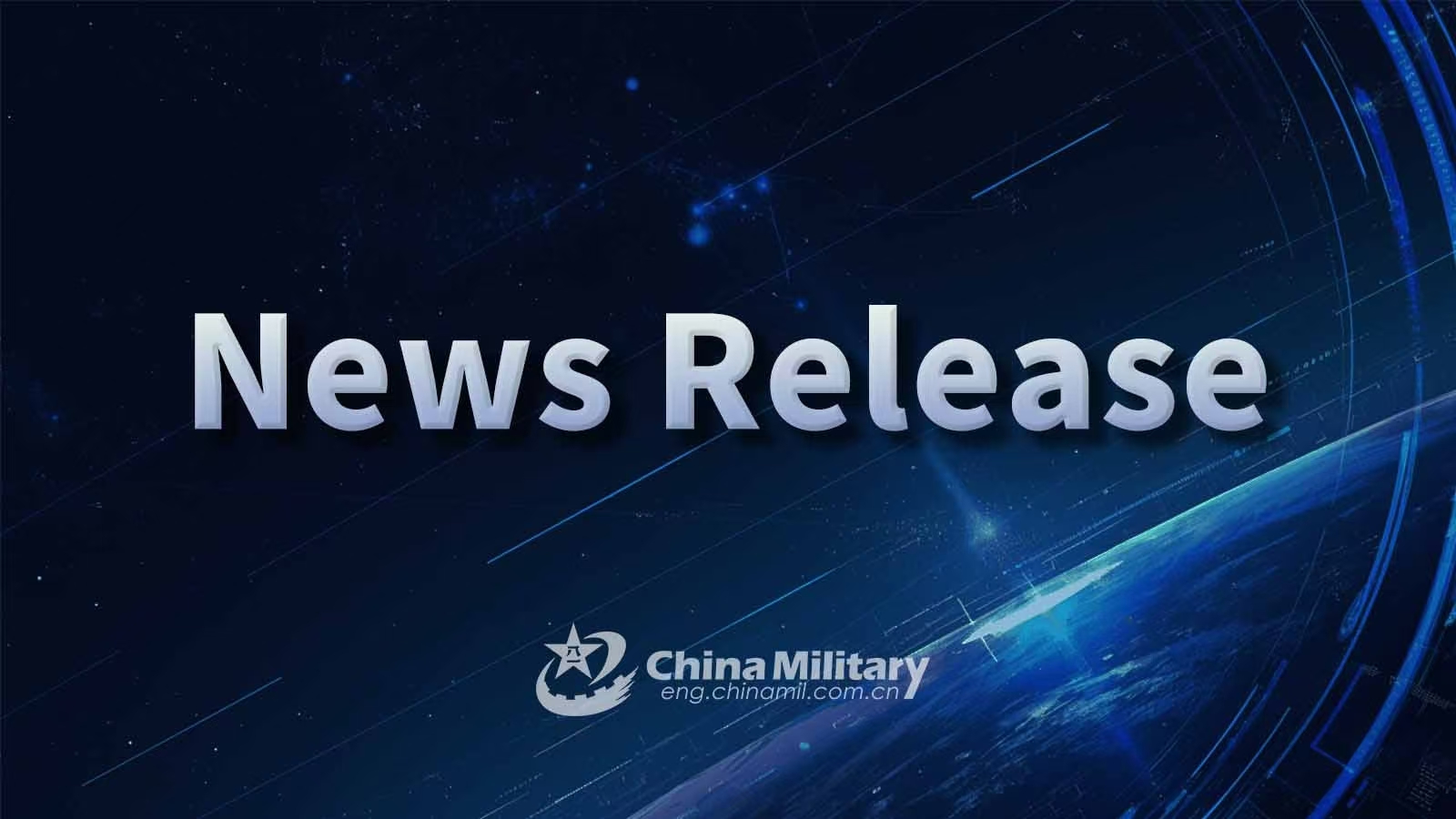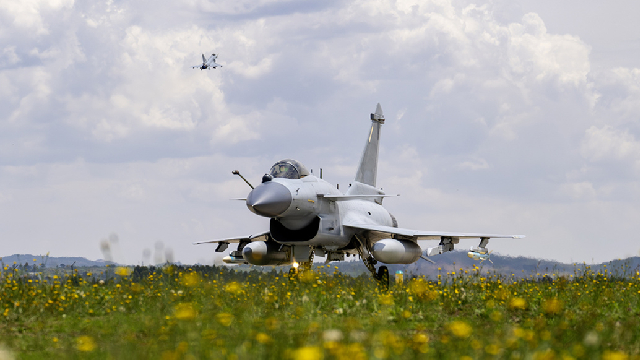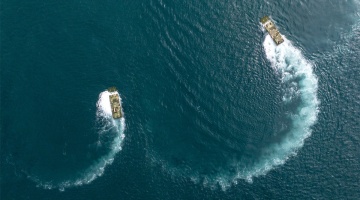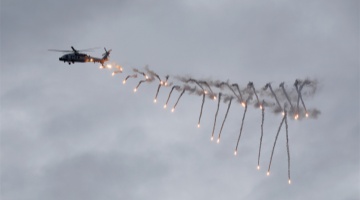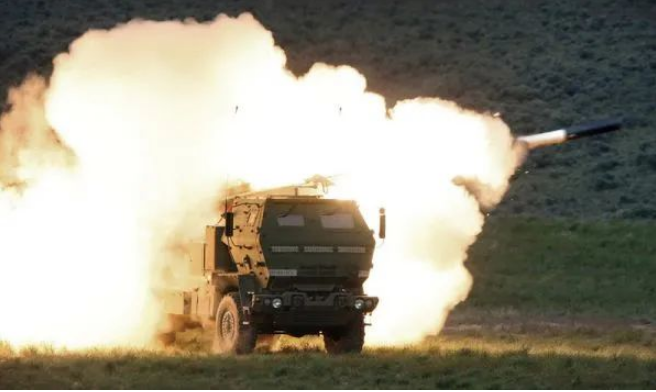
America's HIMARS Multiple Launch Rocket System (MLRS)
US Defense Secretary Austin and Secretary of State Blinken met with Australian Defense Minister Richard Marles and Foreign Minister Penny Wong for the annual "two plus two" dialogue in Brisbane, Queensland on July 29, local time. The two countries announced after the meeting that the US will expand its military presence in Australia and help the latter produce US-developed Guided Multiple Launch Rocket System (GMLRS).
Austin affirmed a commitment to help Australia produce GMLRS by 2025, and said they were racing to accelerate Australia's access to priority munitions through a streamlined acquisition process. This, according to military observer Teng Jianqun, was aimed to further arm Australia and broaden the channels of weapon production and sales to serve the interests of American arms dealers and reduce Canberra into Washington's hatchet man and toil.
Teng analyzed that America wants to keep arming Australia while at the same time it needs to find more allies able to produce weapon systems to make up its shortfall in munition production capacity as the military assistance to Ukraine has depleted its arsenal. Essentially, founding arms companies in another country is just a new move to serve American interests.
Australian Defense Minister Richard Marles claimed that this cooperation is important for elevating the level of Australia's defense industry and making sure it will have the necessary war stock against a rainy day. However, Teng held that the GMLRS per se has limited use for Australia, but the country has its own reasons – three of them – for intensifying cooperation with the US.
First, military enterprises can drive economic development and consequently create more jobs. Second, carrying out military interference in relevant regions along with the US demonstrates Canberra's loyalty to Washington. Third, Canberra hopes to exert its role in relevant affairs in the West Pacific, or even in Europe.
In addition to the missile system cooperation, the US also plans to increase its military presence in Australia by, for instance, having American submarines visit the base in west Australia more frequently and for longer duration, and tightening bilateral cooperation in the space domain.
Teng said that the US is using Australia as a stepping stone to form a system of military alliances to support its major-country competition strategy in the Asia Pacific, but dancing to America's pipe will only weaken Australia's independence. In the Asia Pacific, the US has deployed marines at Australia's Port Darwin and bombers at the Tyndall Air Force Base, and also set up radar stations and other infrastructure in relevant areas. At the moment, Australia remains a follower of America, being wrapped around its little finger either in terms of combat capability or military production capacity.
Teng further pointed out that Australia's defense policy is getting increasingly aggressive in recent years, to the point of borrowing America's might to meddle in the affairs of other regions that it otherwise has nothing to do with. This will not only put Australia in a passive situation, but also aggravate regional conflict and undermine the international security landscape.
For example, Australia's introduction of nuclear-powered attack submarine doesn't comply with the articles of the South Pacific Nuclear Free Zone Treaty, and its unfriendly policies towards relevant countries have instigated inter-state antagonism. Such a tendency to pick sides obviously goes counter to the current overwhelming trend of political multi-polarization and economic globalization. Australia stretching its antenna harms other countries' interests without doing itself any good.
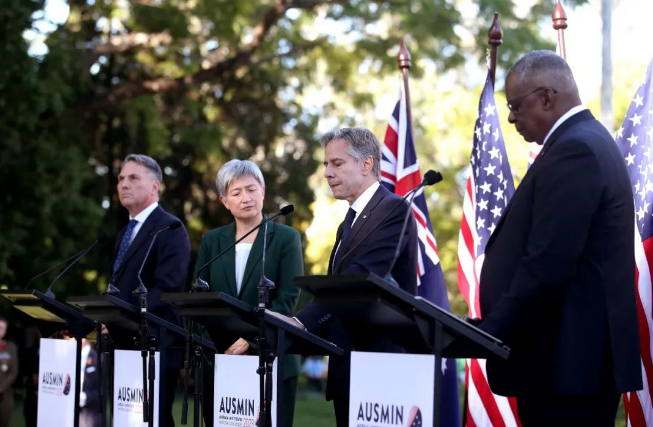
Secretary of Defense Lloyd J. Austin III, Secretary Antony J. Blinken, Australian Foreign Minister Penny Wong, and Australian Minister for Defense Richard Marles (from right to left) at a joint press availability, July 29, local time.
Editor's note: Originally published on cnr.cn, this article is translated from Chinese into English and edited by the China Military Online. The information and opinions in this article do not necessarily reflect the views of eng.chinamil.com.cn.

